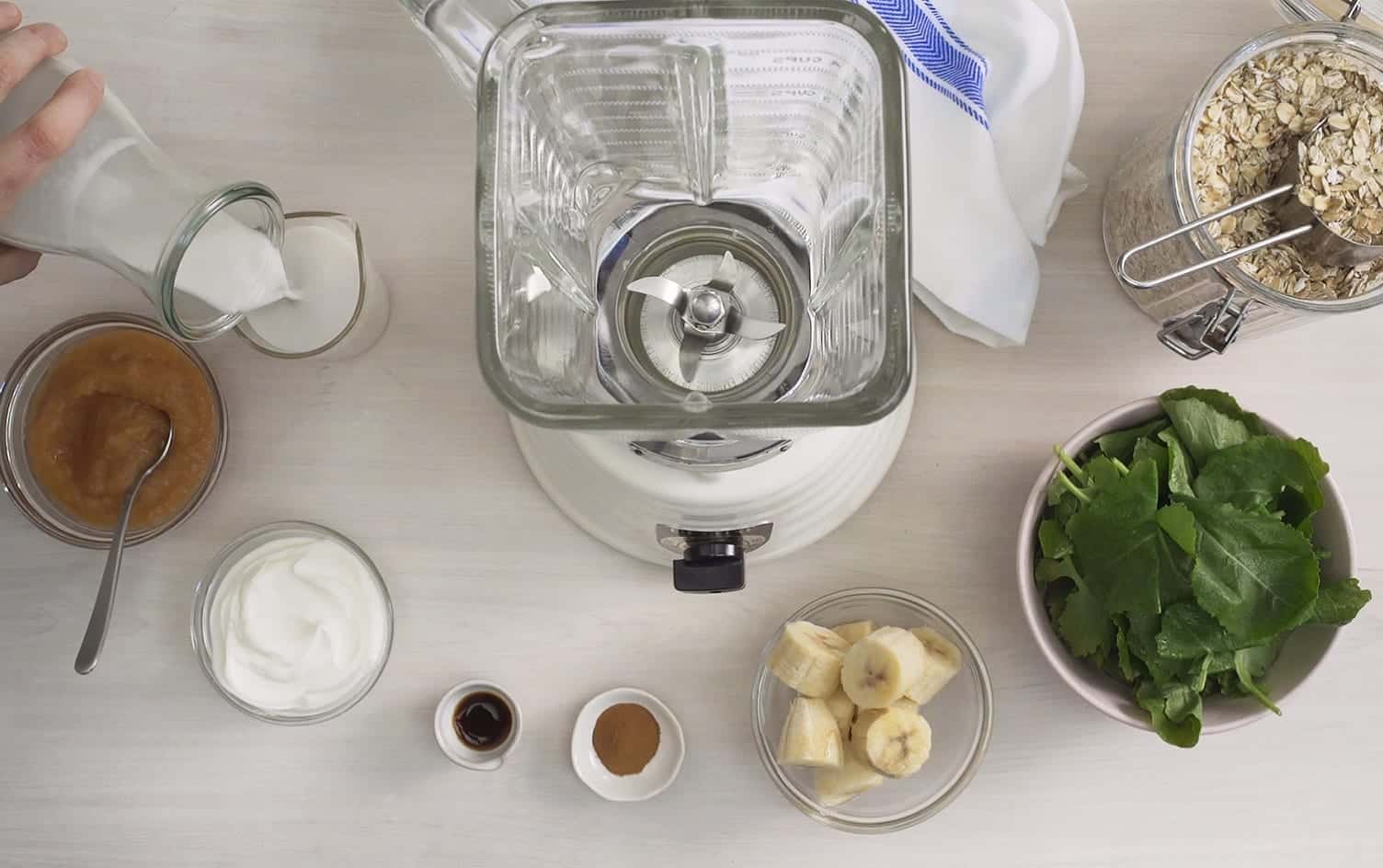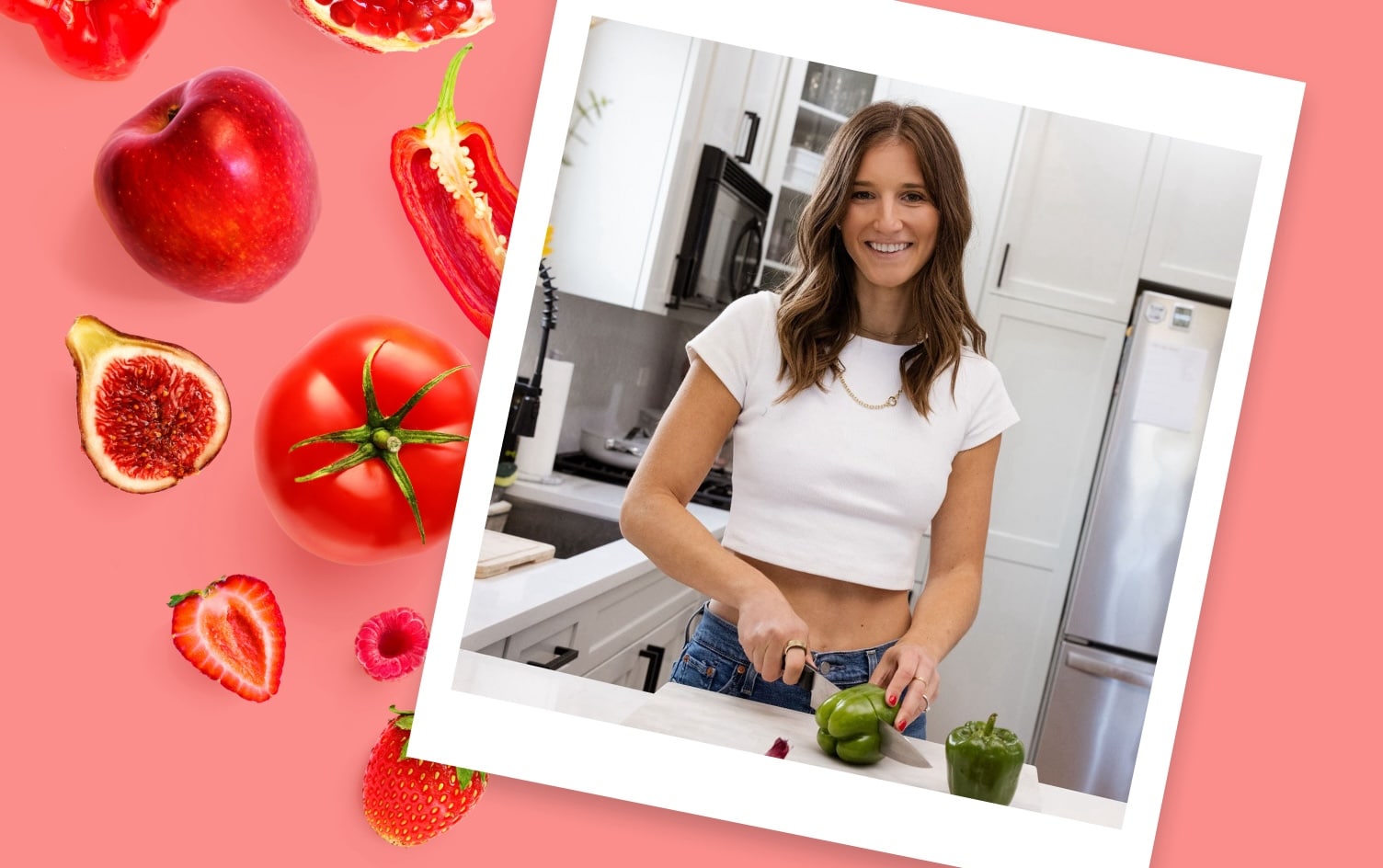
“What can you do if you hate vegetables?”
WHY PLANTS ARE KEY TO A HEALTHY DIET
Plants are a main pillar of a healthy diet. They provide vitamins, minerals, protein, fats, antioxidants and fiber that play a key role in disease prevention, weight maintenance and set the foundation for building a healthier gut. Boosting your veggie intake (green beans count!) can also replace the more calorie-heavy foods on your plate.
WHY SUPPLEMENTS WON’T CUT IT
Unfortunately, there is no quick-fix pill you can take that will fuel your body with everything it gains from whole foods such as veggies. Whole foods offer greater nutrition, essential fibers and proactive substances like antioxidants and phytonutrients that most pills or supplements lack. While it’s true some supplements offer a useful way to plug some dietary gaps, they aren’t intended to be a substitute for whole foods. There’s an interaction that takes place in our bodies when we eat whole foods — an intensive, wholly systematic, complicated process that can’t be replicated in a supplement.
HOW TO GET STARTED
Start with the familiar (like green beans or potatoes) and throw in another similar component like parsnips, turnips, leeks, peas or corn. You can also add something really flavorful like bacon to the dish; this salty, smoky protein infuses loads of flavor into a pan full of plants. Bonus: You actually need the fat to help absorb some of the fat-soluble vitamins.
THINK OUTSIDE THE (VEGETABLE) BOX
Getting your daily dose should be less about hitting a metric and more about enjoying your food. As a food category, there is a lot of variation and diversity in vegetables, so if you don’t like veggies you should constantly try ones that are new to you and you’ll likely find a type that works for you. From leafy greens to crunchy, cruciferous broccoli, cauliflower, cabbage and Brussels sprouts; sweet and starchy root veggies like beets, turnips, carrots and potatoes to crisp-tender stalks like asparagus and celery — there are hundreds of varieties of vegetables, with flavors ranging from sweet to pleasantly bitter and textures that span from creamy to crisp depending on preparation.
AND YOU CAN EXPERIMENT WITH COOKING METHODS
The way you cook vegetables can completely transform them so even the staunchest vegetable hater might not know what they’re eating. For example, roasting adds an unbelievably rich depth of flavor and caramelization to things like sweet potatoes and winter squash. Or you can try grating things like raw squash, cauliflower or carrots and marinating them in your favorite vinaigrette overnight; make pancakes out of shredded zucchini and swap sandwich bread for a lettuce or Swiss chard. These days, we’re also making “rice” and “pizza” out of cauliflower.
For more great ideas, check out these 15 dishes that will change the way you think about veggies and read our article on 10 other easy ways to boost your veggie intake.




